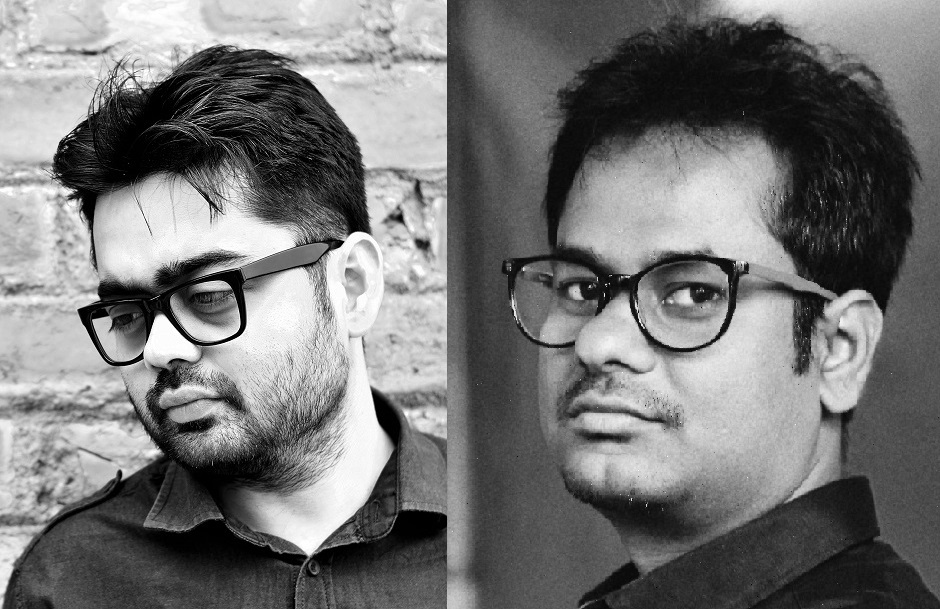Tell us about some important projects that your studio was involved in just before the lockdown.
We had to start with an experience centre and a club project during the lockdown period. In course of time, we also had to handle residential and corporate interiors. All of them were design problems and our team was scattered.
Which were the biggest challenges and fears you faced because of the lockdown?
The biggest challenge of any architectural studio we believe was to change the culture of our work. WFH is different from the studio culture we were bred in.
Although you have video calling facilities, there was a paradigm shift regarding workflow. It forced us to relook at the root of information dissemination as we could lose considerable time and resources in doing back and forth.
What were the challenges you faced with the monetary flow in your practice and how are you handling them?
Of course, the monetary flow was affected. Mostly because there were panic and uncertainty all around. But principally we decided to retain all our employees even if it means a pay cut for us all.
At the beginning of the lockdown, we discussed this with our entire team and everybody agreed upon this. We were all in this together, to face the challenges awaiting. Fortunately, things turned out better than we anticipated.
How are you strategizing to adapt to the new conditions of work upon resumption of office post the lockdowns?
Safety is the primary concern for us and will remain so. We intended to continue WFH till the public transport is normalised but the systems and workflow outside the purview of our studio forced us to open earlier. However, we have restricted travel for our employees and vendor meets to have minimal in-person contact. However, if and when such situations arise we ensure proper safety measures are being taken.
Were any new methods of work evolved during the lockdown?
We have actively started using online platforms, cloud storage and collaborative spreadsheets. These methods have helped us To stay organised better and save time. Also, the lockdown periods helped us to think deep into the problems and represent them with more clarity before laying them out to the production teams.
How were the coordination issues resolved with the studio staff and on-site team?
Online video calling facilities and meeting platforms helped a lot. These methods are cost-effective compared to conventional travel and can quickly resolve issues because virtually there is no lag between the onsite and studio staff. Even though some times in-person attendance is required, we felt they can be reduced now.
What were the biggest learnings from the pandemic? And which decisions and new work methods you feel your studio will continue with for the future?
The biggest learning of course is philosophical.
You can well and truly survive on much less than you believe. It does not make you frugal but allows you to focus on the present. This philosophy can be extended to design as well.
We say we practise minimalism but by that, we often mean the absence of patterns or artefacts. Minimalism is not about the absence but rather the presence of something. It allows us to simplify the clutter and focus on something meaningful. We believe Square as a studio can learn and apply in her design decisions.
This apart Square will continue to focus on cloud storage and collaborative design platforms as they are the future.
Please share a few words about any construction approval processes being influenced by the lockdown. How have the development authorities responded to you and did they share any instructions regarding the approval processes?
We have worked with governmental departments regarding projects and mostly they have online file movement and approval systems.
About the practice:
Please let us know about the founding year, principals, team and studio.
SQUARE was founded in 2008, with partner-architects Ranit Maiti and Subhrajit G Mitra. They opened the firm after completing their Masters in Urban Design. The studio focused on boutique projects from its inception focussed on boutique projects which involved a combination of architecture, interior and landscape. Square’s main focus was to give a comprehensive design solution.
What are some of the processes and work methods unique to your practice?
The firm is headed by two principal architects but the organisation is based on a matrix structure where there is no formalised hierarchy, neither is it a complete horizontal structure. Depending on the type of projects, different teams are combined. Anybody within the studio can throw ideas during the brainstorming stage and once a decision is finalised, the onus remains with the studio rather than the individual. Square prefers collaboration with other fellow architects outside our organization involving people from different backgrounds to have fresh perspectives.







